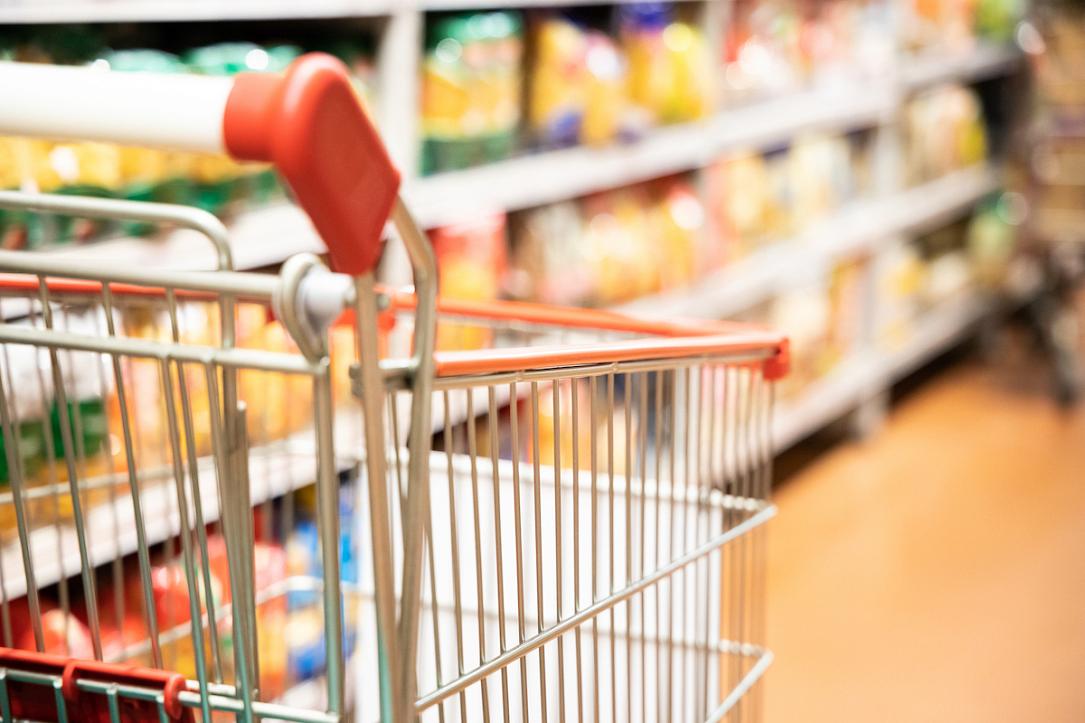Romania’s retail sales show signs of fatigue in February



The retail sales index (volume terms) in Romania increased by 2.8% YoY in February, among the weakest rates over the past couple of years, according to the statistics office INS.
However, Romania is one of the two Central and Eastern European countries, besides Bulgaria (+4.4% YoY), where the households have not reduced their spending, compared to February 2022. Furthermore, retail sales in both Romania and Bulgaria have constantly advanced at a fast pace over the past decade (some +7% per annum on average) and kept the positive dynamics during 2022 – as opposed to most CEE countries. Poland (+5.3% p.a. over the past ten years) and Lithuania (+5.0% p.a.) posted robust average annual growth rates and kept rising in 2022, but the retail sales in the two countries saw a sudden slowdown in early 2023.
Speaking of February retail sales figures, the seasonally-adjusted index edged down (-0.6% MoM) for the second month in a row. Separately, the non-food retail sales, the best proxi for consumer confidence, contracted by 3.2% MoM (seasonally adjusted terms) and increased by only 1.7% YoY in the month.
The overall sales figure was propped by the +7.4% YoY (+1.1% MoM) rise in food sales. This reflects certain recovery after food sales have rather stagnated during 2022, compressed by budget issues and concerns about future developments. But the wages’ rise has fully offset the consumer price inflation as of January, alleviating somehow consumers’ concerns.
The outlook remains moderate, and the risk is rising as the Government ran out of resources for financing the “cap and subsidy” scheme to alleviate the impact of the high energy prices. This scheme explains, to a large extent, the resilient consumer sentiment and the robust retail sales figures in contrast to a bleaker CEE picture.
(Photo: Keechuan / Dreamstime)
iulian@romania-insider.com